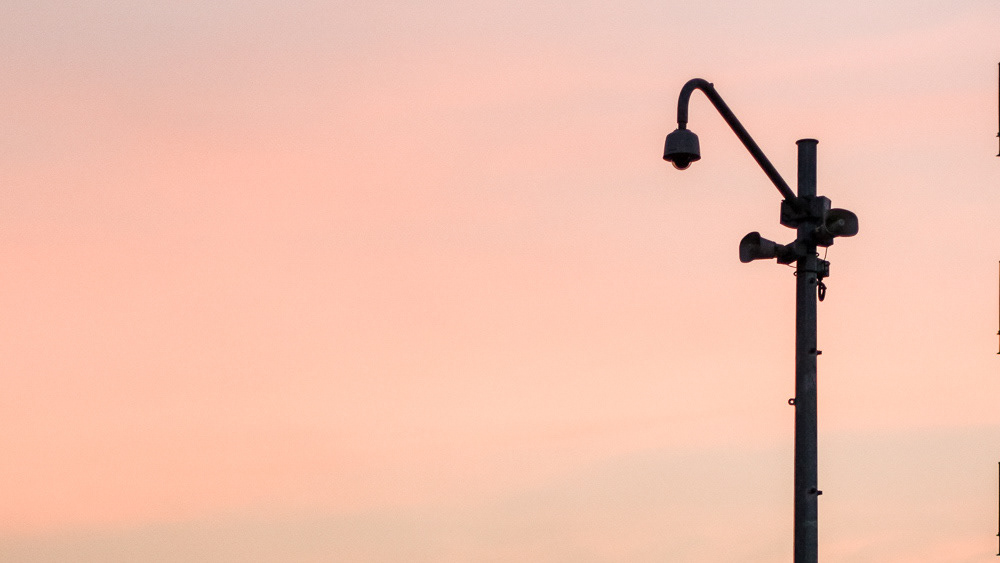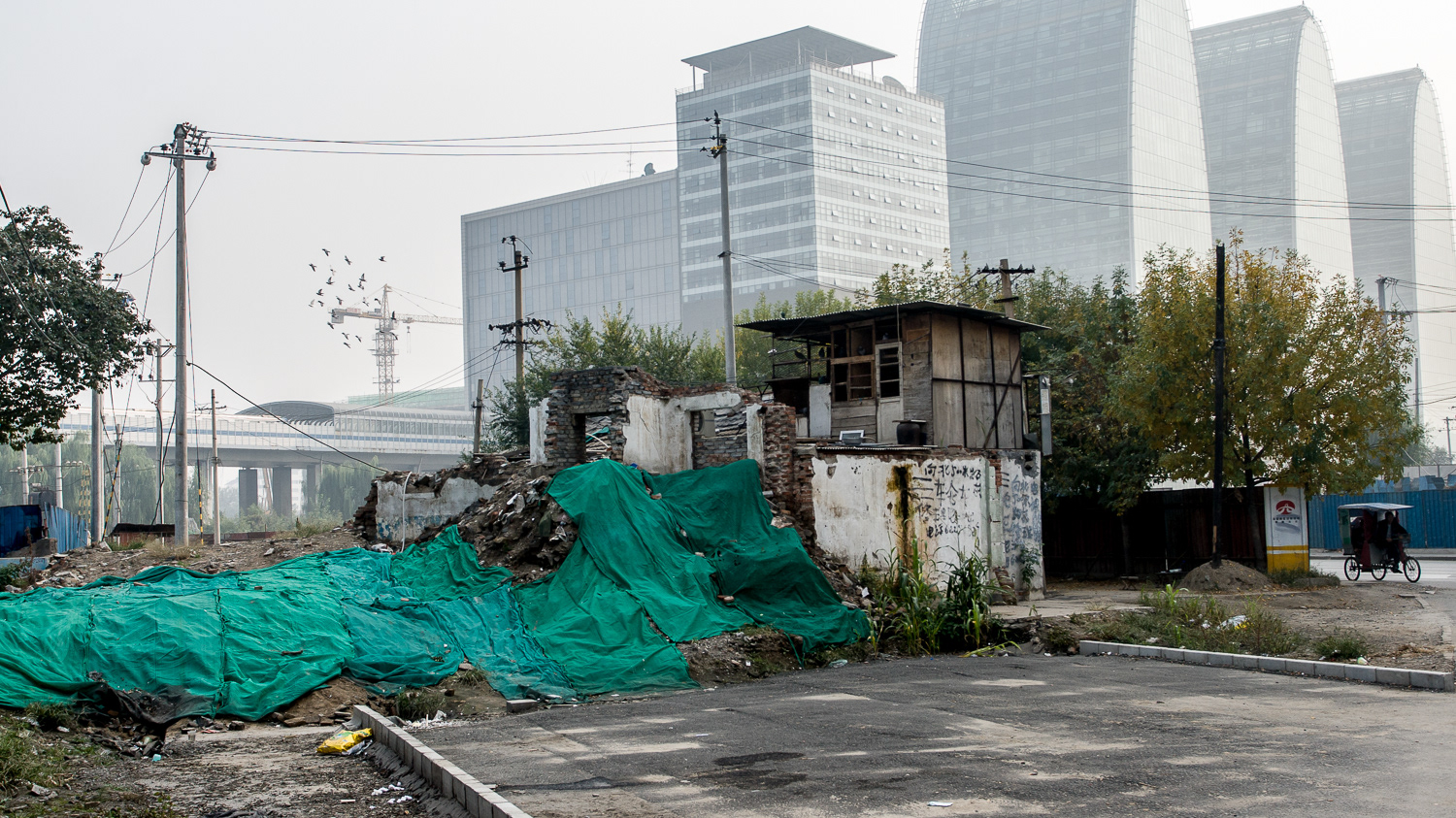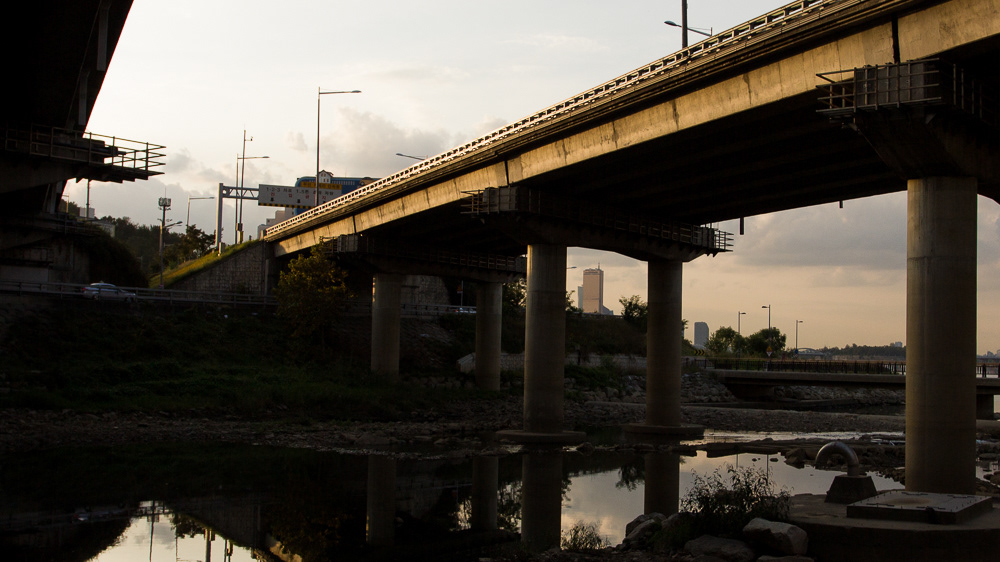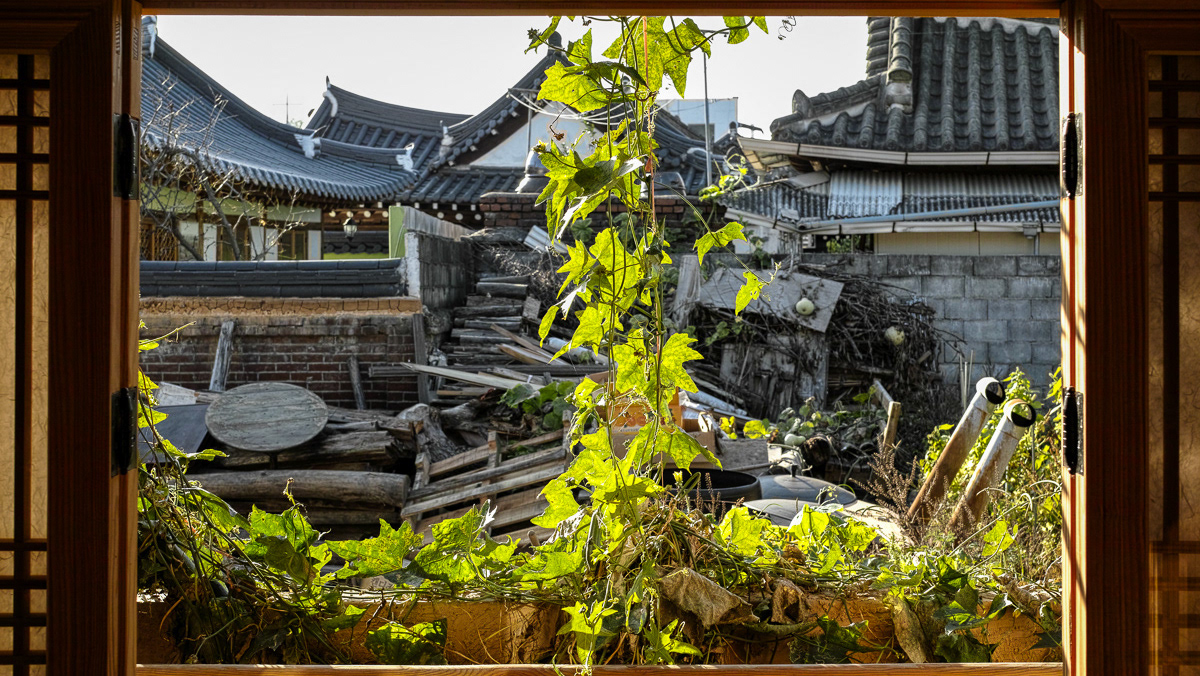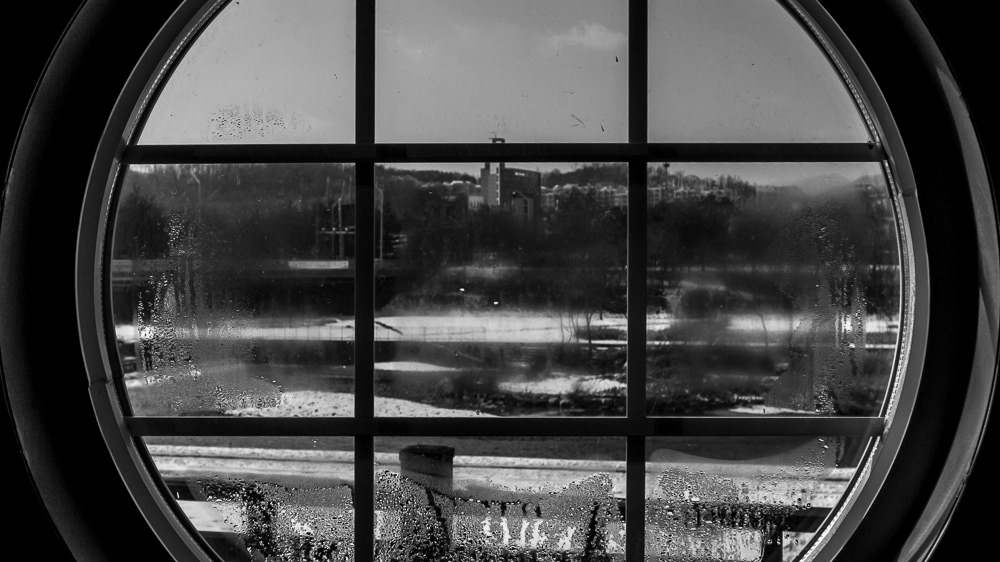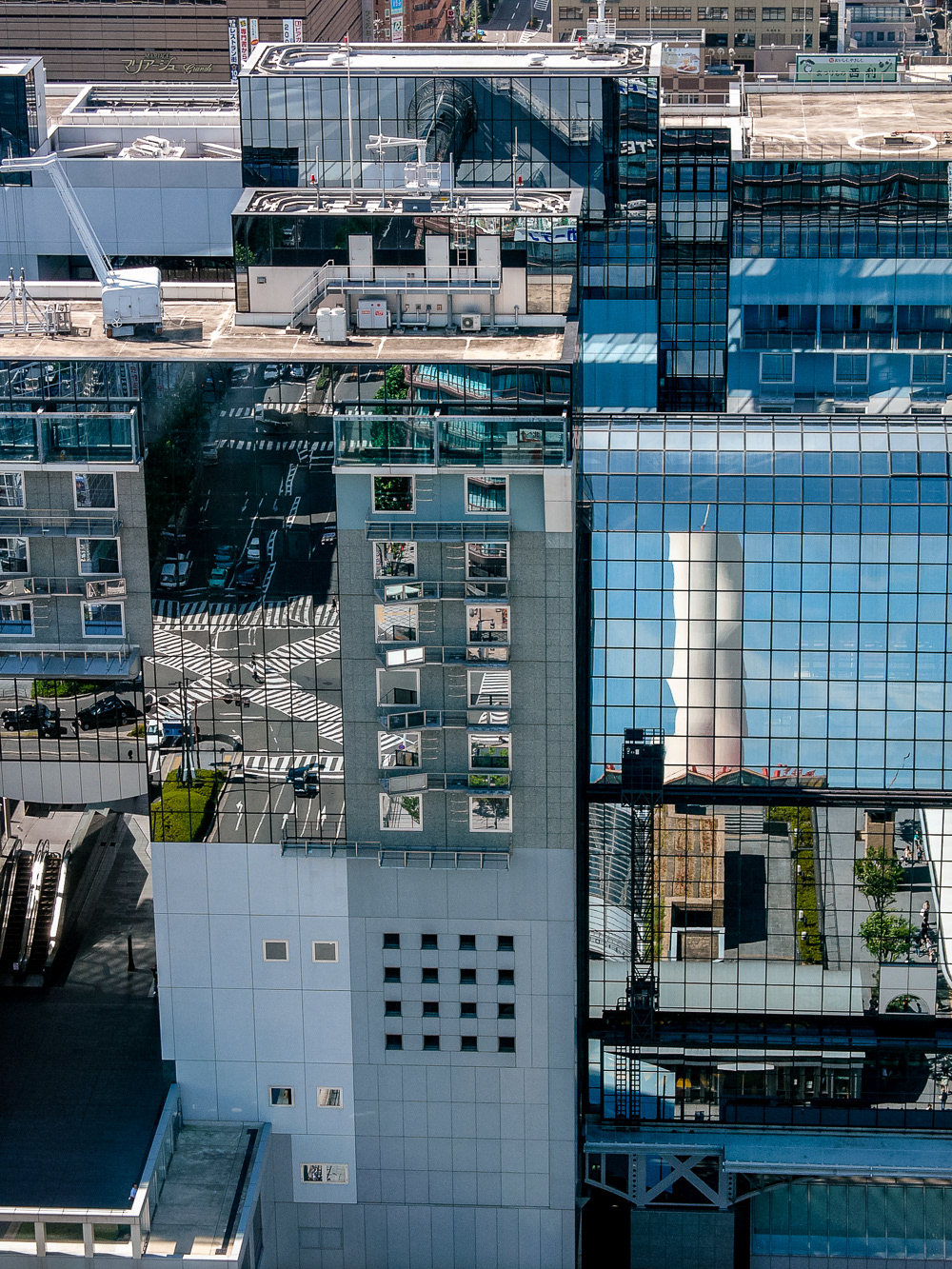

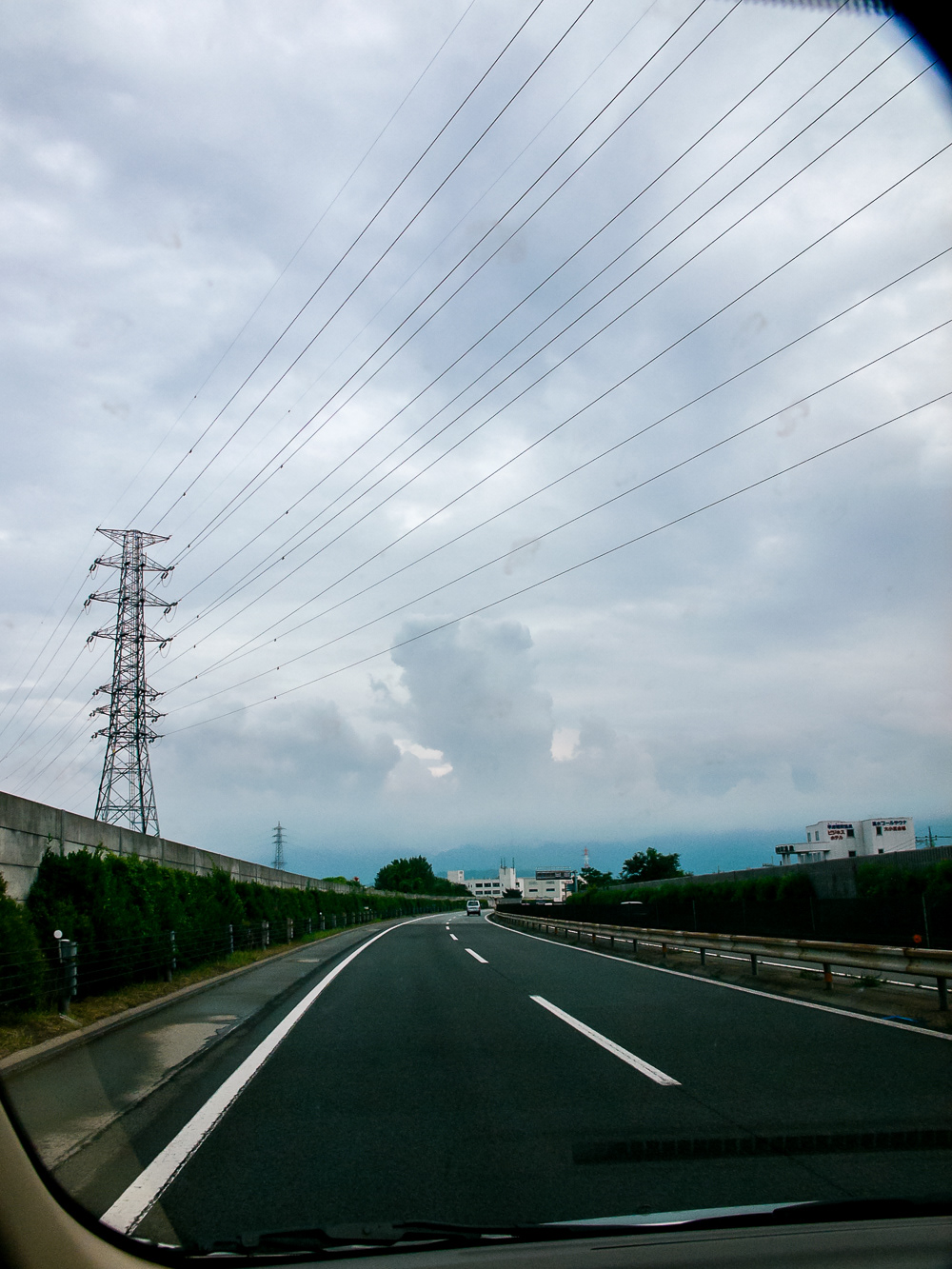

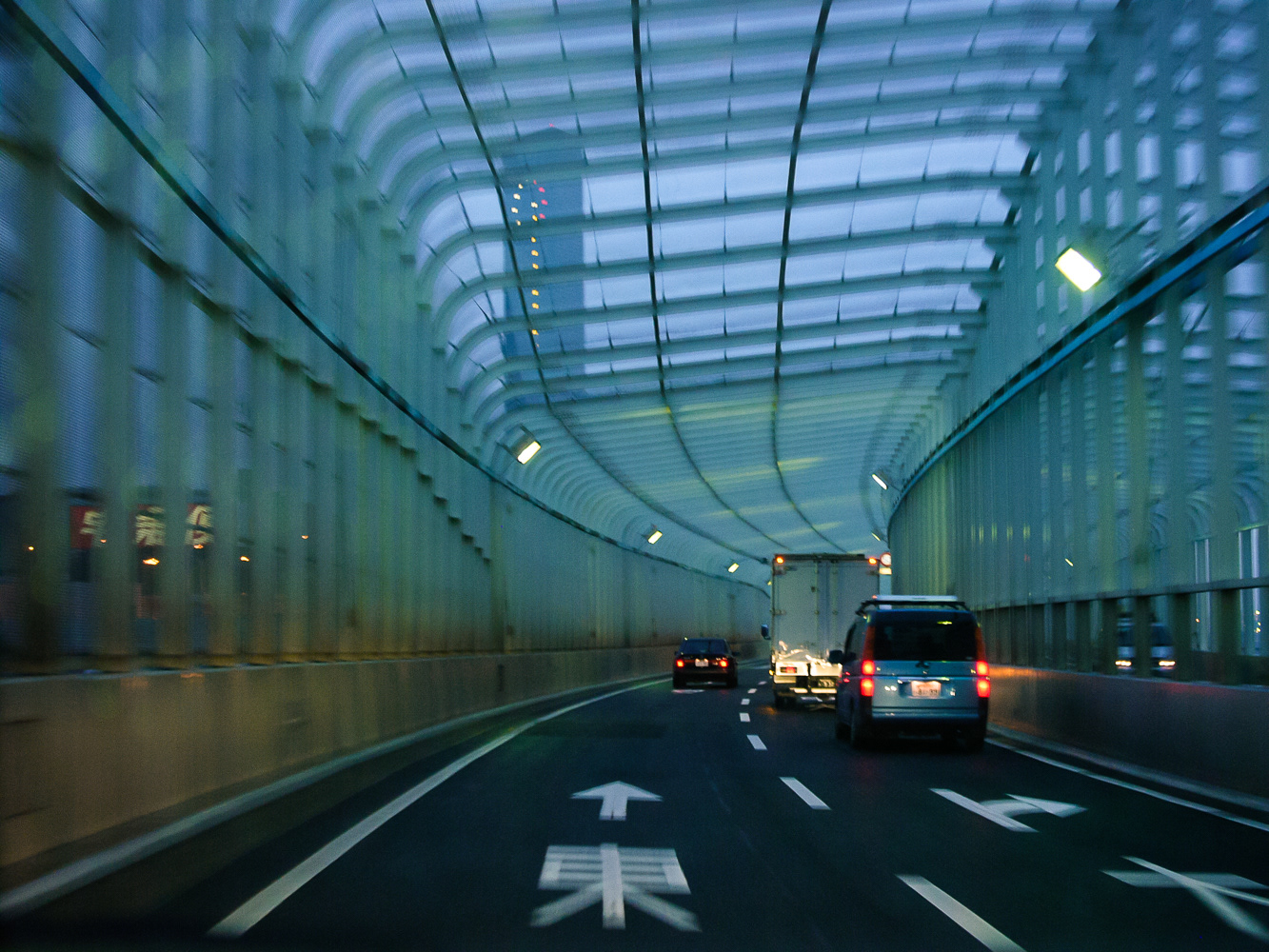
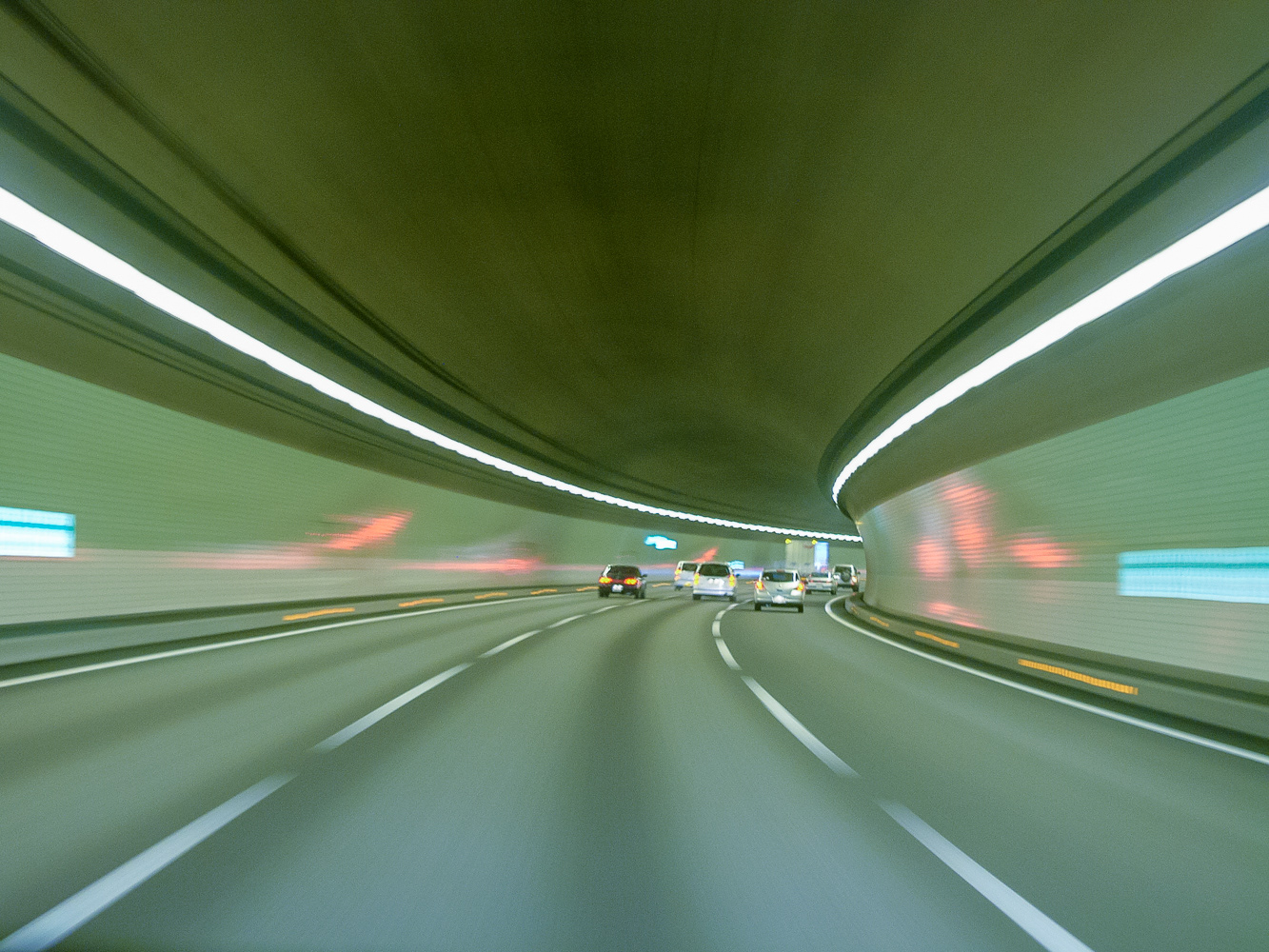
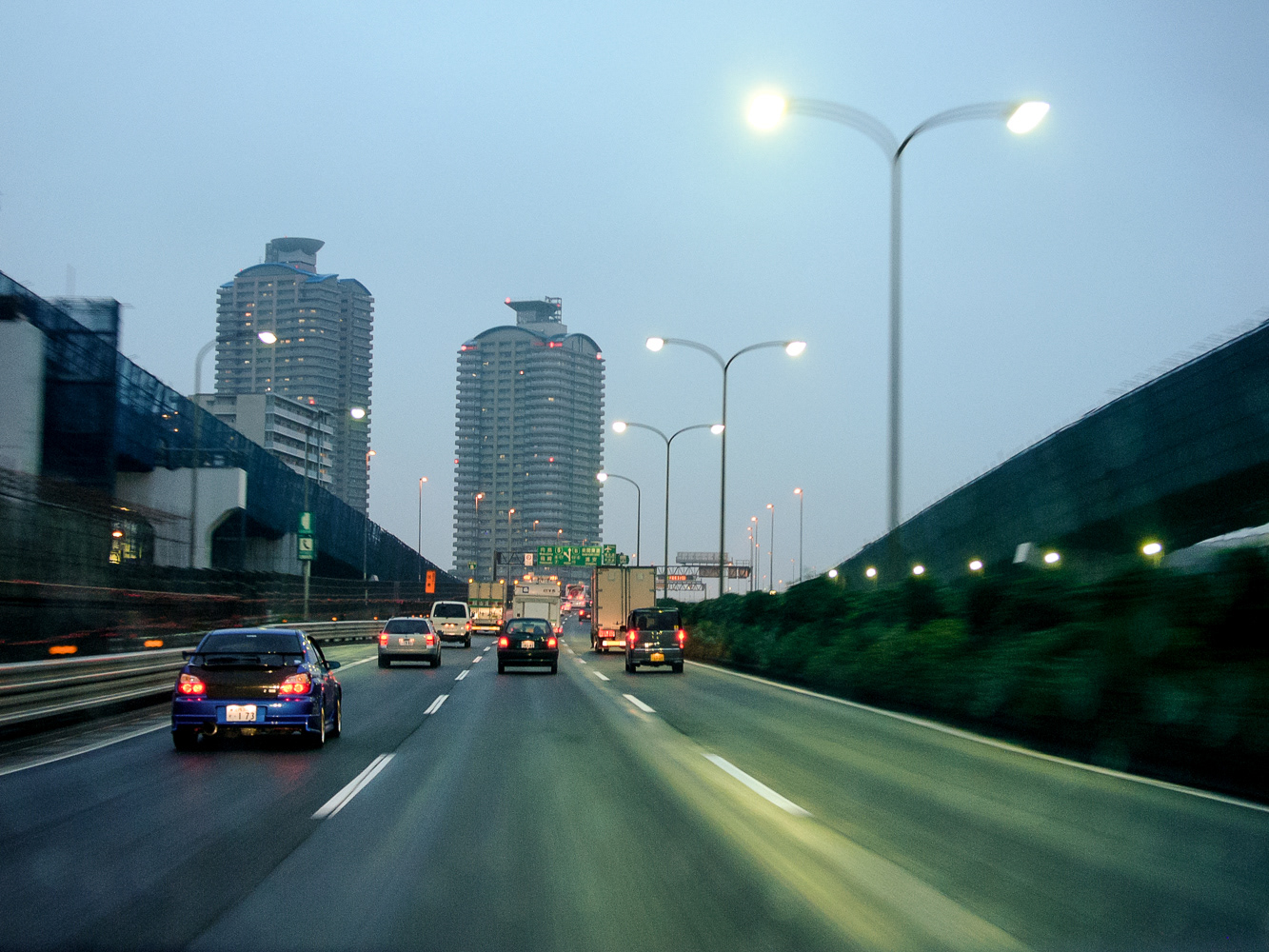

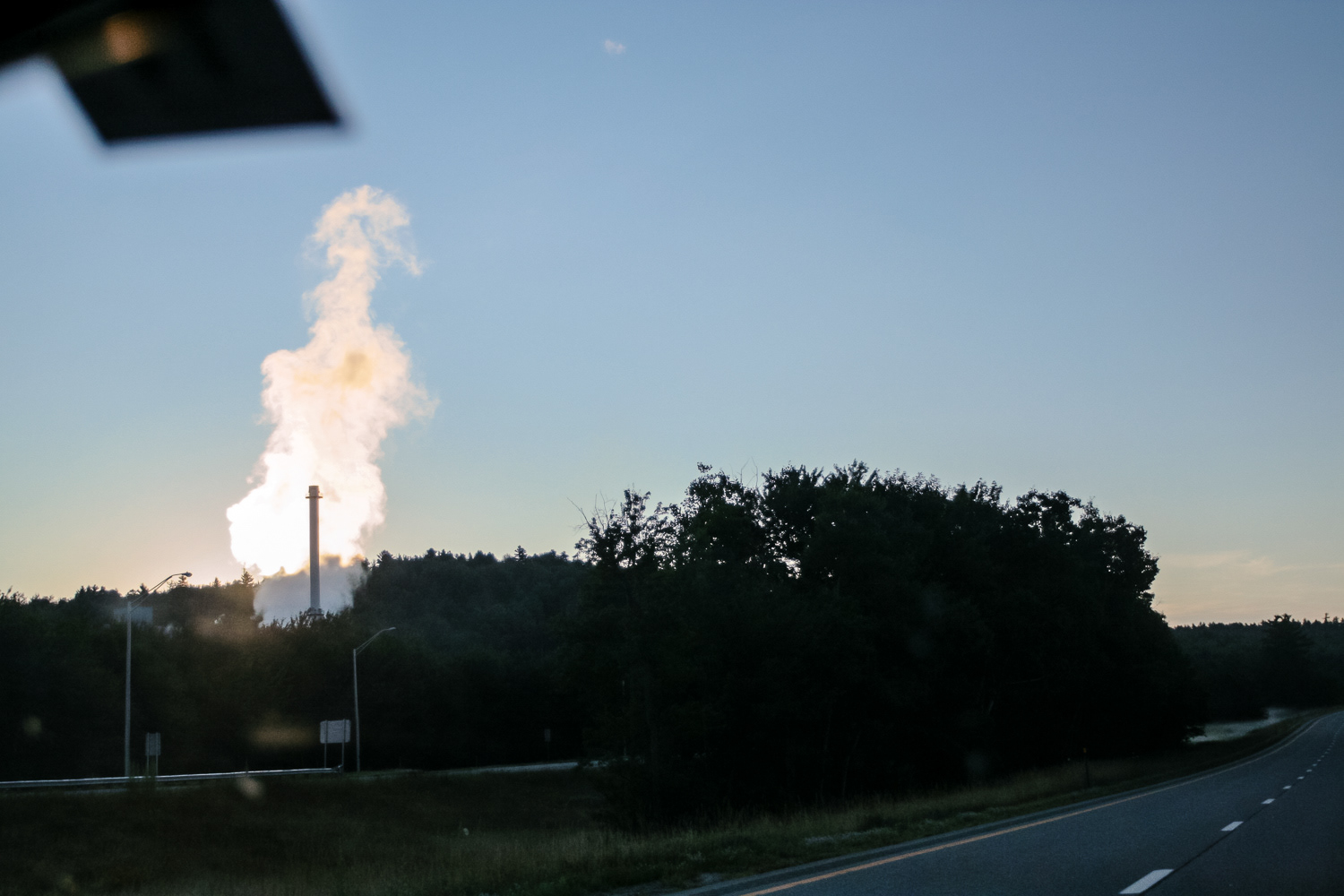
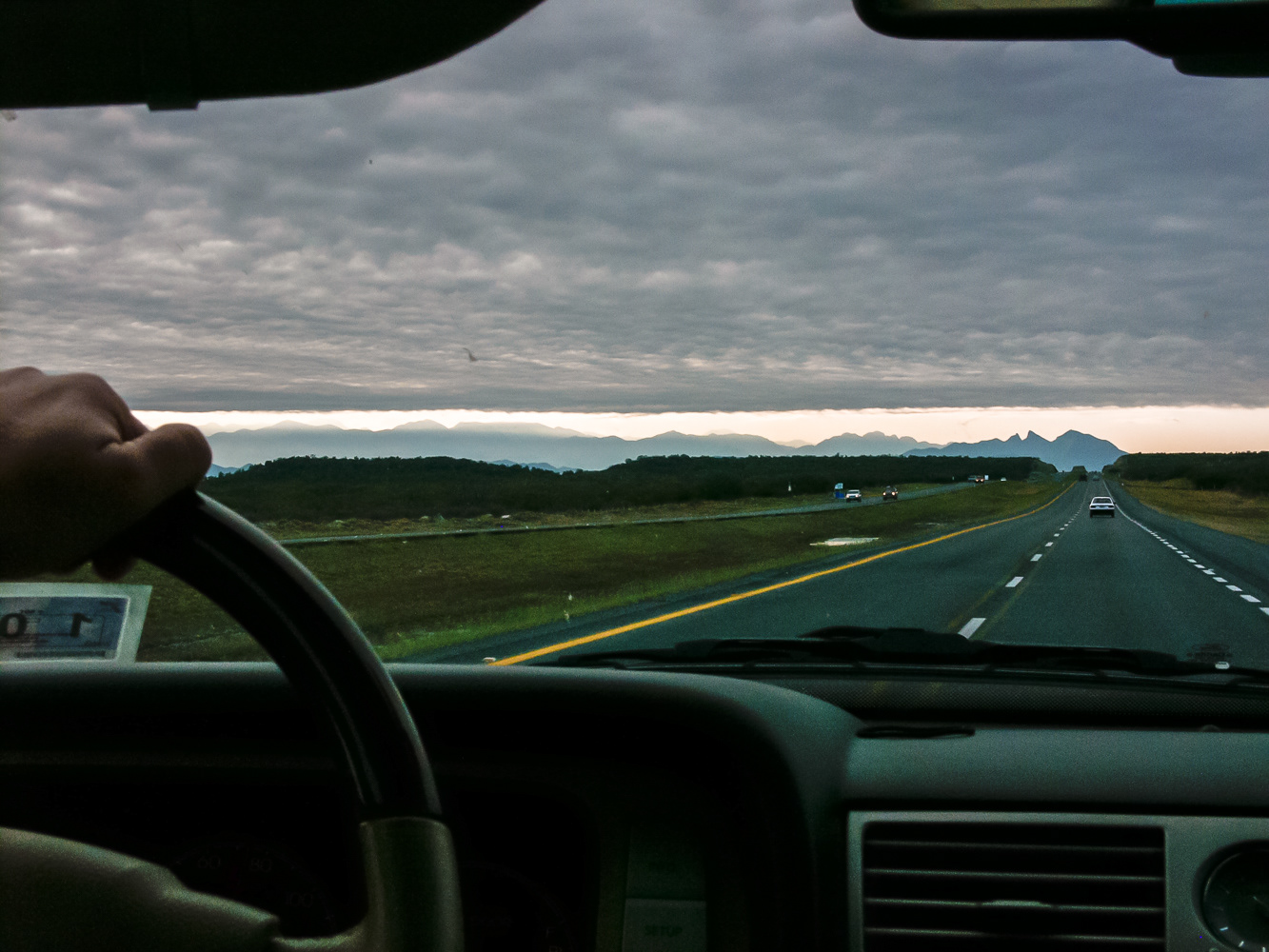


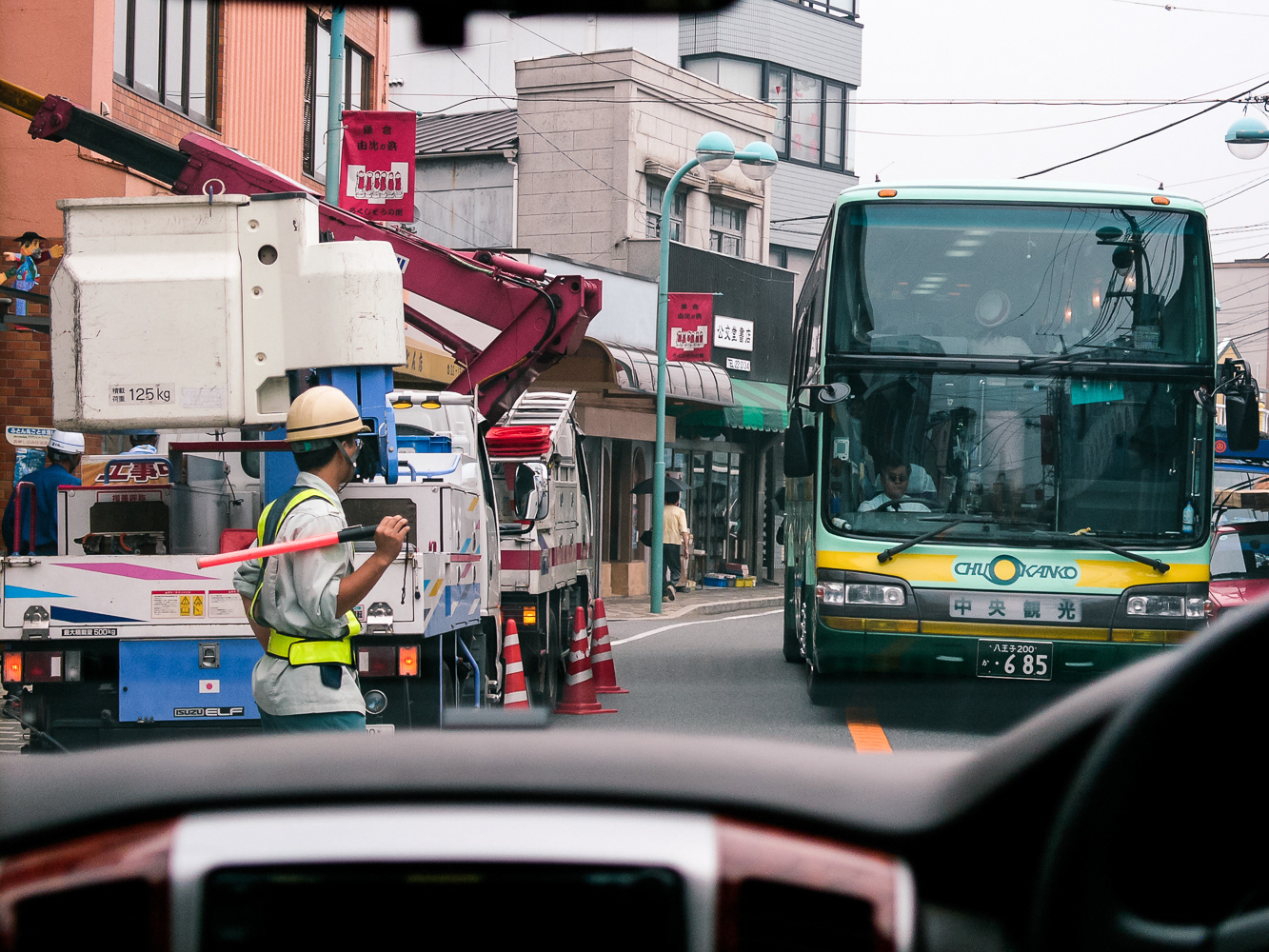
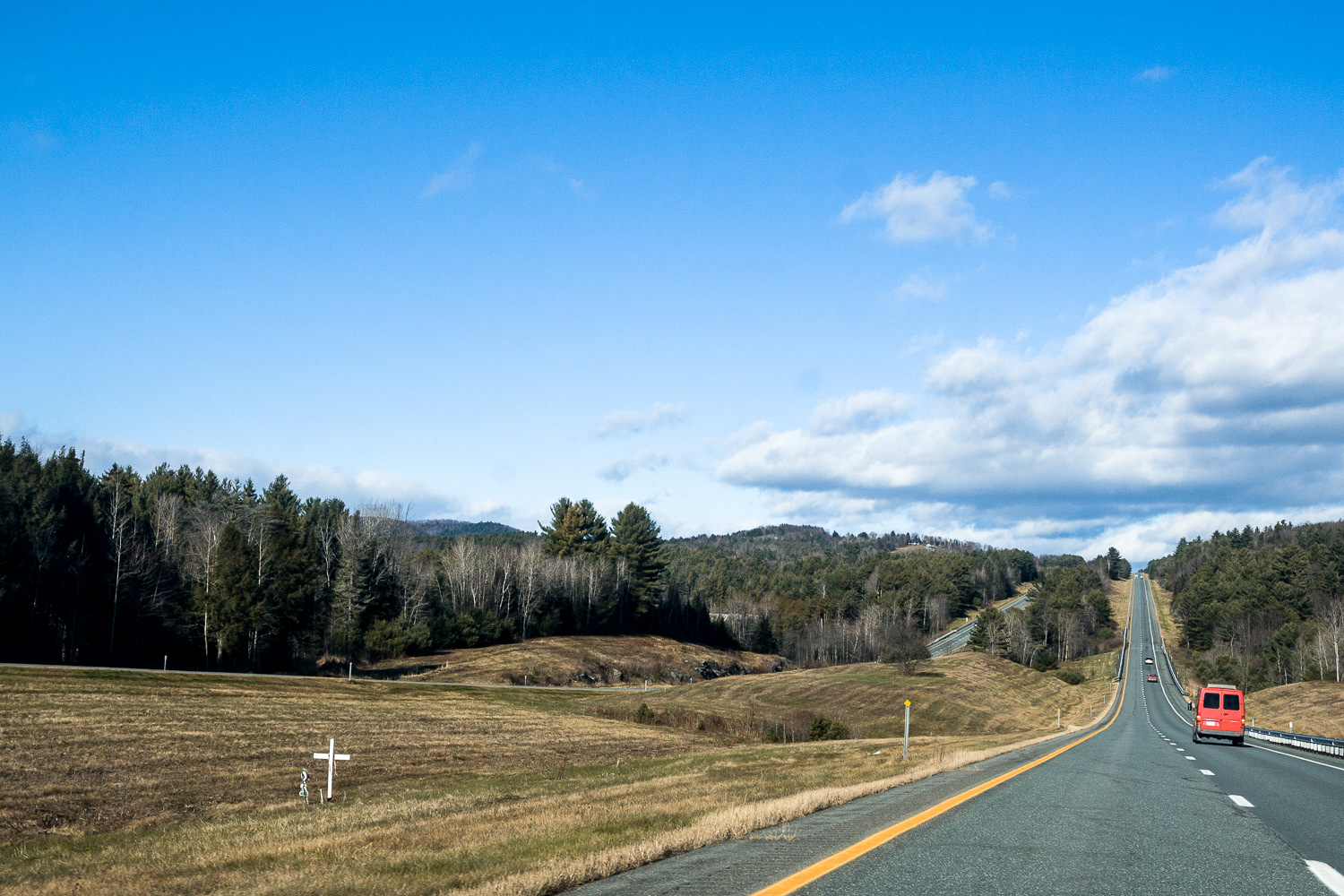




In Transit
This series is inspired by the ideas of Alisa Freedman and Marc Augé about the urban environment, and deals with the role of the automobile in mediating our experience of a disjointed urban continuum. In the turn of the 20th century, with the introduction of mass public transportation, the geography of the city and the way in which its inhabitants related to the urban space drastically changed. Cities began to expand rapidly with suburbs sprouting around it at a rapid pace. The dynamic of the city changed from a place where people would spend most of their time in a single neighborhood to one characterized by disparate nodes of activity that bear little relation to each other. In other words, people live in one node (the suburbs), but work in a different node (business district) and play in yet another node (entertainment district). The introduction of public transportation means that people can move large distances, but the geography of the city became a disjointed series of spaces unrelated to each other.
These pictures explore the liminal space between these nodes, what Augé calls a non-place. With rapid urban expansion we spend more and more time in these non-places such as motorways and supermarkets. Such spaces encourage anonymity and a lack of interaction, and are designed as transitional and merely functional. Our experience of such spaces is disjointed and often times forgotten. Through the images I capture these non-places as a unique and unexpected experience that connect the viewers with the landscape forcing them to stop and look at the beauty and complexity that these spaces can have. The images were shot in Mexico, Japan and the United States between 2006 and 2008.
